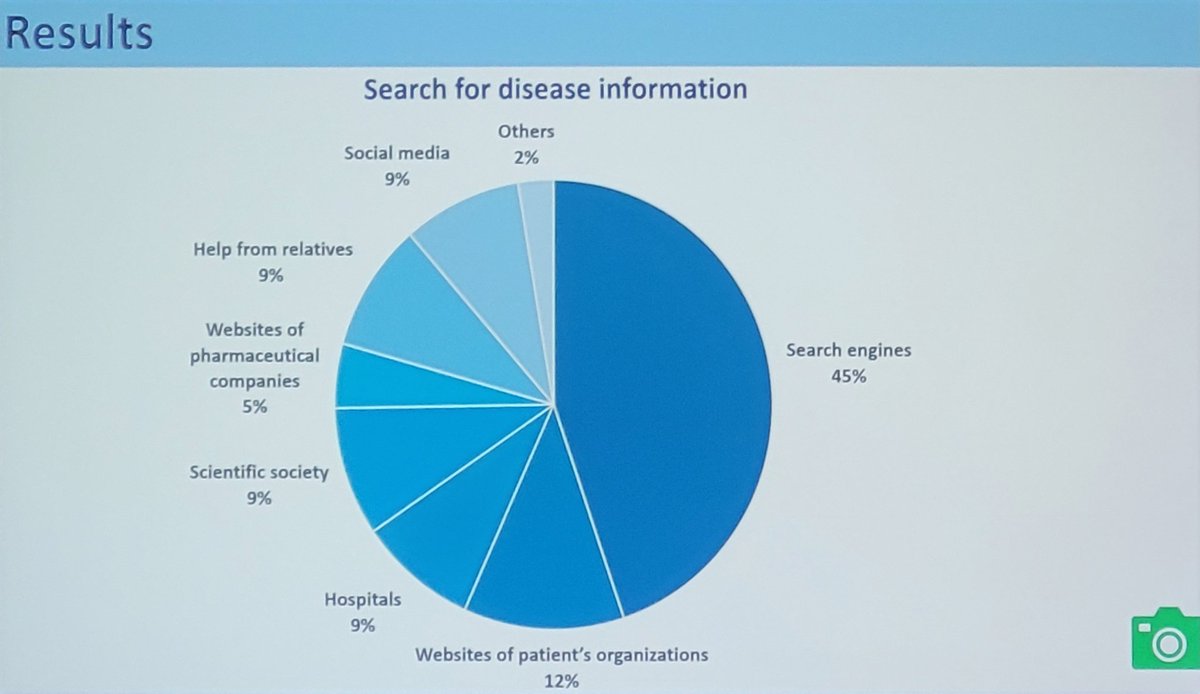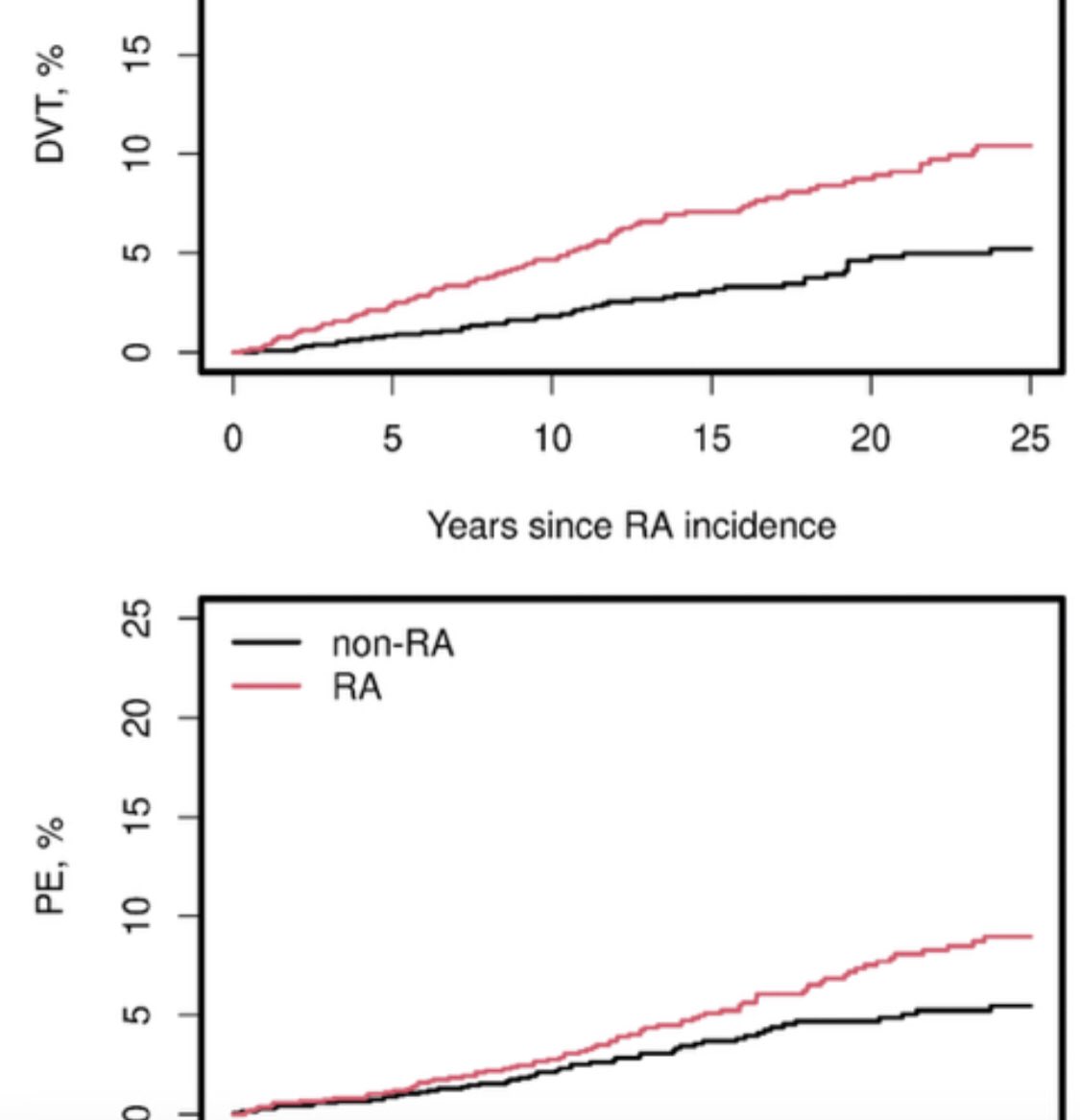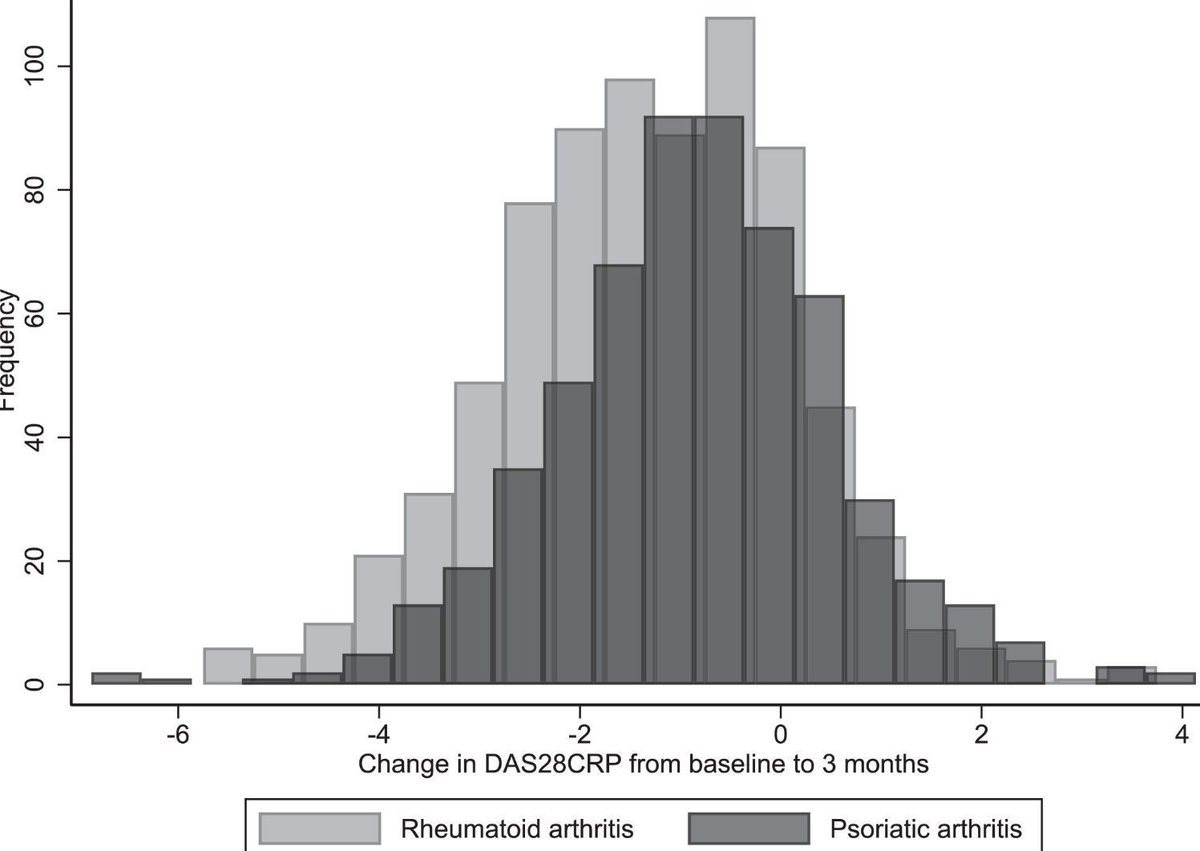All News
Secukinumab promise in PMR is real
Choice is not just good, it is often necessary, and secukinumab promises just that in both PMR and GCA.
Read ArticleLate-Onset Disease: Different Age, Different Rules?
We’re seeing more patients develop rheumatic diseases for the first time in their 60s, 70s, or beyond. But are these truly the same diseases we see in younger adults, or do they behave differently, shaped by age-related biology, comorbidity, and the biases that influence medical decision-making? Several abstracts presented at EULAR 2025 challenge us to reconsider how we diagnose and treat rheumatic disease in older adults.
Read ArticleSLE Preview: advances to achieve deep B-cell depletion
The race is on for the first chimeric antigen receptor (CAR)-based therapy to be approved for the treatment of systemic lupus erythematosus. Its main principle is to induce deep B-cell depletion, with the hope to reset the B-cell aberrant immunity for a sustained clinical remission. At EULAR 2025 in Barcelona, several advances of CAR-based therapies will be presented.
Read Article

Links:


Links:


Links:


Dr. John Cush RheumNow ( View Tweet)

Janet Pope Janetbirdope ( View Tweet)







Dr. John Cush RheumNow ( View Tweet)






